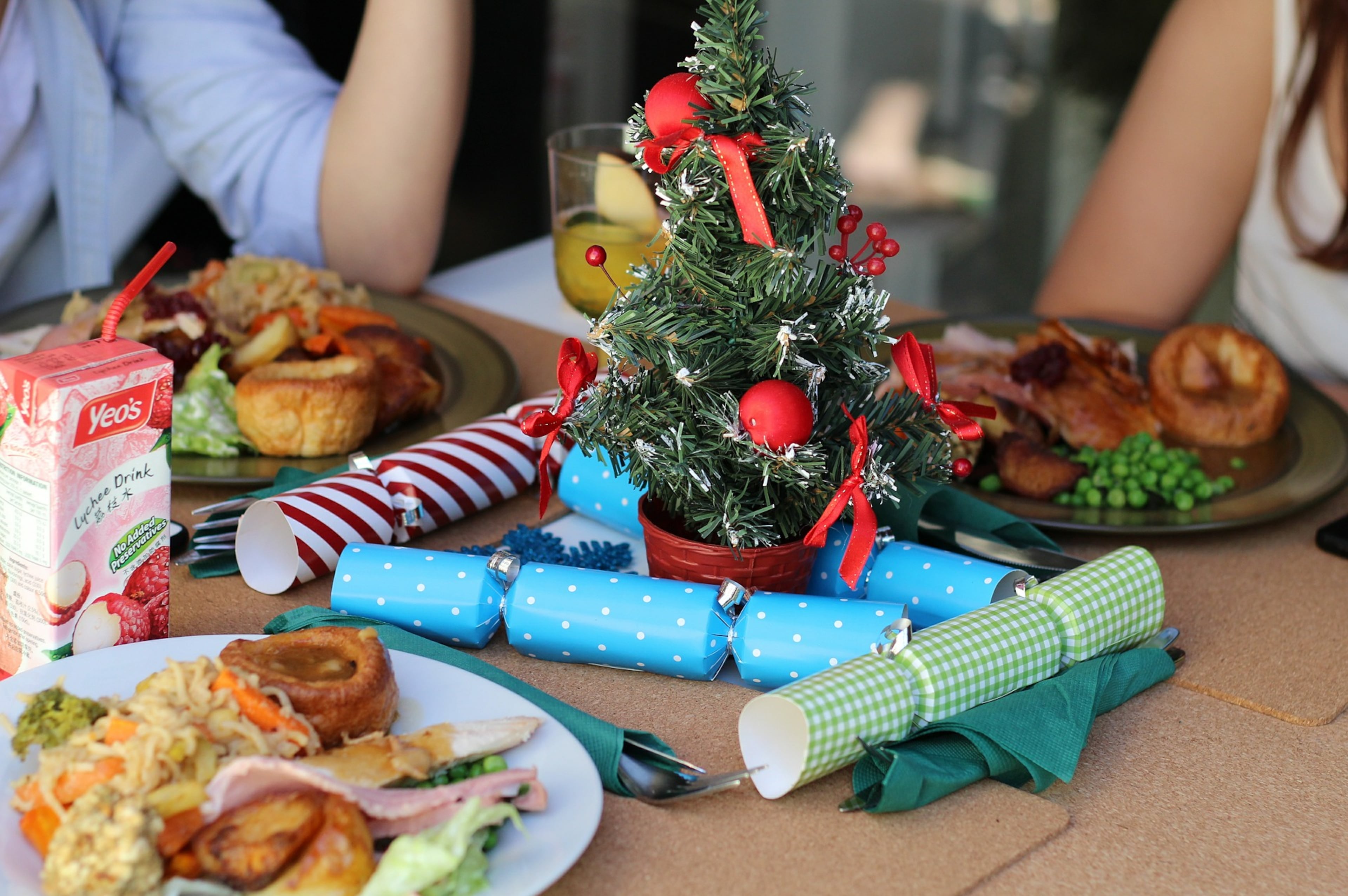Remember these rules to keep safe from food poisoning after extreme weather
Hurricane season comes around each year, bringing along with it fears for your home and questions on how you would cope if a natural disaster ravaged the place you live. Even if the situation is not life-threatening, long term outages can put many of your home’s functions in disarray.
The AJC reported that more than 400,000 people were without power in Georgia for days after Hurricane Helene. After surviving the worst of what a hurricane or tropical storm has to offer, getting sick due to food contamination from a power outage would be the last thing you need.
However, you do not have to be completely at the mercy of the strength of a storm and using these guidelines, keeping your body safe is easy.
Freeze your food in preparation
When you know of a storm or natural disaster coming to your area, a quick precaution you can take is moving food from the fridge to the freezer. According to the Center for Disease Control, food is safe in the fridge as long as it is at 40 degrees Fahrenheit or below. Keeping food in a freezer at 0 degrees can help to buy time in the case of an outage, even after the power has gone out.
Next time you prepare for a hurricane, freezing all of your perishables should be customary along with your last-minute grocery run and refilling all the flashlight batteries.
Get appliance thermometers
Even after you freeze your food, the CDC still recommends owning appliance thermometers to make sure your fridge and freezer stay at the right temperatures as time passes.
Your fridge should be at 40 degrees or below while your freezer should be at 0 degrees or below. Make sure to keep those appliances shut as long as possible to keep the cool in.
There are ways you can get creative to keep your appliances at those temperatures in the case of a longer outage. The CDC recommends using frozen gel packs, coolers and even dry ice to maintain low fridge and freezer temperatures and keep your food safe for longer.
When in doubt, throw it out
The CDC says that while it may be tempting, never taste food as a means of testing if it is safe, deploying the phrase, “when in doubt, throw it out.”
All perishable foods such as dairy, meat, fish, eggs and leftovers should be thrown out after four hours or more without power. Any food with unusual smells, textures or colors should be thrown out as well, according to the CDC.
Check the temperatures of any food left in a cooler or with an alternative cold source and make sure it is 40 degrees Fahrenheit or below. Food still at that temperature or below is safe.
Another important thing the CDC hopes you remember is that “cooked” does not mean safe.
Be extra careful after floods
In any devastating event where the storm enters your home, the rules for maintaining food safety after a flood become more complicated.
The CDC says that you should throw out all foods that may have come in contact with flood or storm water, as well as foods in packages that are not waterproof and cans that are bulging, open or damaged.
The agency also warns against foods that have screw caps, snap lids, twist caps or snap tops, as well as food containers that spurt liquid or foam and contain food that is moldy or smells bad.
Cleaning the surfaces you eat off of is also very important after a huge storm. The CDC says you should throw out any baby bottle nipples, pacifiers and wooden cutting boards or utensils that come in contact with flood water.
For all other kitchen items that survive the storm, the CDC offers a four-step cleaning process.
First, you wash the item with hot, soapy water. Next, you rinse it with clean and safe water. After that, soak the items in a solution made out of one cup of unscented household bleach and five gallons of water for one minute.
Finally, allow the items to brand dry and they will be ready for use again as good as new.

